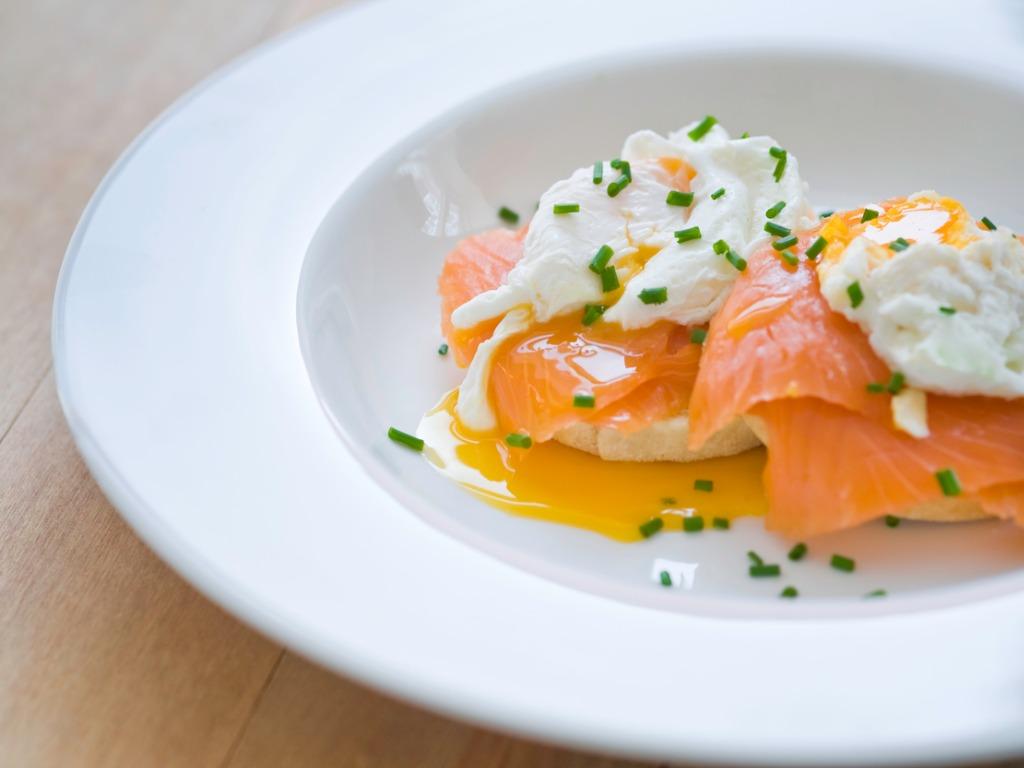How to get enough vitamin D in autumn and winter
Eat your way to sunny health

Your support helps us to tell the story
This election is still a dead heat, according to most polls. In a fight with such wafer-thin margins, we need reporters on the ground talking to the people Trump and Harris are courting. Your support allows us to keep sending journalists to the story.
The Independent is trusted by 27 million Americans from across the entire political spectrum every month. Unlike many other quality news outlets, we choose not to lock you out of our reporting and analysis with paywalls. But quality journalism must still be paid for.
Help us keep bring these critical stories to light. Your support makes all the difference.
As delightful as crunchy leaves, conkers and crumbles are, one downside of autumn is the shortening of the days.
And with that, for many of us, comes getting up when it’s still pitch black every morning. It’s not fun.
With darkness descending before we’ve left the office every day, getting enough vitamin D can be a challenge.
But it’s essential that we do.
A recent study by BetterYou found that 19 per cent of British adults have low levels of vitamin D, and this is particularly problematic in autumn and winter.
“Vitamin D is a fat-soluble vitamin that is key for the maintenance of minerals such as calcium and phosphorus,” nutritionist and author of Re-nourish, Rhiannon Lambert, explained to The Independent.
“It also helps absorb calcium which plays a vital role in forming and maintaining strong bones.”
Our main source of vitamin D is the sun - ultraviolet B radiation from sunlight can be synthesised by vitamin D3, the active form of Vitamin D, when exposed on the skin.
Lambert says there are four main benefits of vitamin D:
- It helps absorption of calcium and phosphorus
- It strengthens bones
- It improves brain development and function
- It can reduce inflammation.
Not getting enough vitamin D can lead to deficiencies such as rickets in children and osteomalacia in adults.
Other signs of vitamin D deficiency can manifest themselves in common health conditions such as constant coughs and colds, tiredness and fatigue, seasonal affective disorder, poor bone and tooth health and low mood.
How much vitamin D we need every day is slightly controversial though - until last year Public Health England only had recommended daily amounts for babies, pregnant women and the elderly.
Now, however, the guidelines have been revised and it’s recommended that everyone get 10 micrograms per day.
But as Lambert points out, “every person is unique therefore this number can vary slightly per person due to biologically how much your body needs and how much it absorbs.”
So how can you keep topped up if you never see the sun?
Fortunately there are ways - you just need to make sure you’re eating the right foods.
Key food sources of Vitamin D:
- Oily fish; salmon, sardines.
- Orange juice
- Breakfast cereals
- Red meats
- Egg yolk
- Cheese
- Tofu
- Fortified products
Lambert adds that vitamin D levels range in the above foods, and given sunlight is unpredictable in the UK, she says taking supplements may be helpful in autumn and winter.
“Nevertheless, supplementation is unique to everyone, and other components such as dosage and ingredients can vary depending on where you buy them and the price,” Lambert explains.
“This in itself can lead to consuming more than needed and extra ingredients that aren’t great for your body.”
As a result, she recommends people see a GP or nutritionist before prescribing themselves supplements. You can also get a blood test to find out your vitamin D levels.
Eating a balanced, healthy diet should put you in good stead though.
“Always try to eat a varied, nutritious, vitamin D packed meal containing foods such as salmon, eggs and tofu,” says Lambert, adding that they’re also great sources of your macro- and micronutrients.
“But if you question whether this is enough as the winter months creep in, go and see your GP for advice on supplementation so you can stay healthy.”
Join our commenting forum
Join thought-provoking conversations, follow other Independent readers and see their replies
Comments